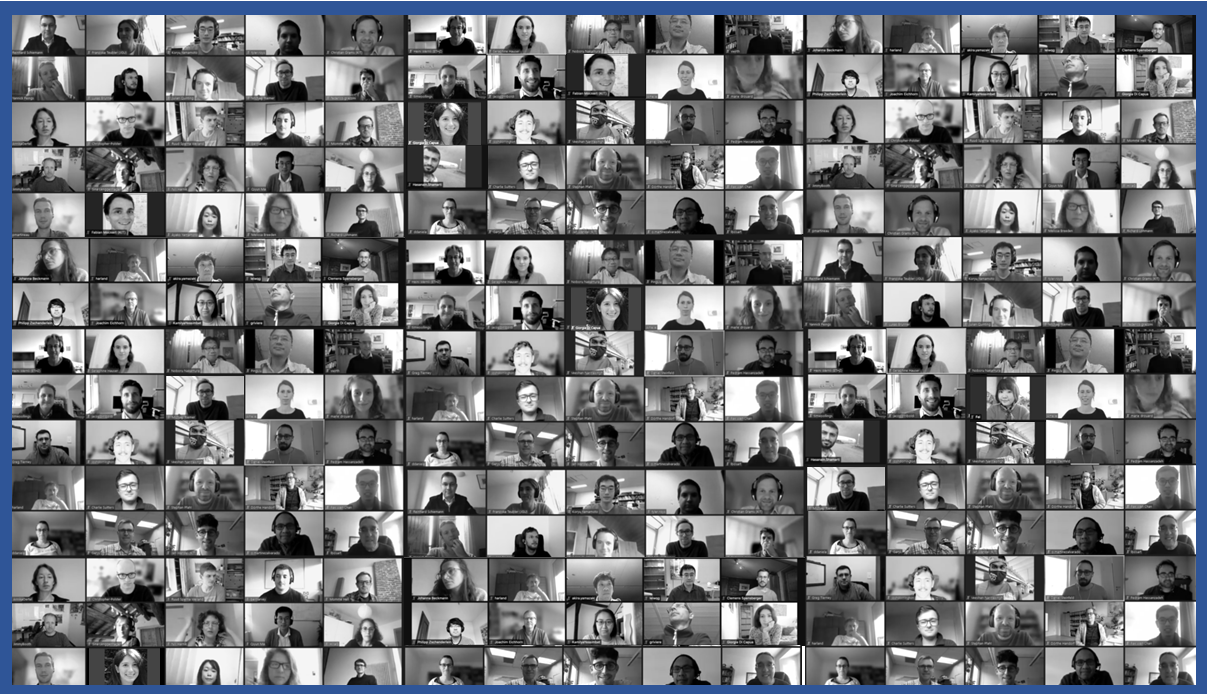
27-29 September 2021
Virtual Workshop Organized By Waves to Weather
Atmospheric blocking represents an important aspect of the mid-latitude weather variability and is often associated with extreme weather such as heatwaves and cold spells. Physical processes involved in blocking are not yet fully understood, and the formation and maintenance of blocking anticyclones remain a challenge for numerical weather prediction and climate models.
After a successful first Blocking Workshop in Reading in 2016, Waves To Weather offered during the global covid-19 pandemic a platform to bring together specialists in the fields of atmospheric and climate science, to review the current state of research, and to discuss the most important open questions regarding blocking. The focus of this online workshop was set on the understanding of dynamics and physical processes in atmospheric blocking, with special focus on (i) the role of dry and moist dynamics in the formation, maintenance and decay of blocking, (ii) teleconnections and external forcing associated with blocking, and (iii) model representation and predictability of blocking dynamics and physical processes. Nearly 60 abstracts were submitted by scientists from all parts of the world and with more than 170 participants, the workshop was a great success.

The 3-day program of the workshop consisted of seven oral sessions, two poster sessions and two breakout group discussions dedicated to the topics mentioned above. The talks and poster presentations were of very high quality and stimulated very fruitful discussions. Overall the workshop went really smoothly without technical difficulties, and although the program was very dense, there was enough time for further exchange during the coffee breaks. We would like to thank all the participants for their active participation that led to exciting discussions.
Regarding the content of the discussions and breakout sessions, the major takeaway was that blocking is a very complex phenomena with a range of different processes involved. There is not one process dominating, but strong interactions and case-to-case variability in pathways to blocking. Recent studies, which were presented at the workshop, contribute to an improved understanding of the dynamics of blocking. It remains our duty as a community to map out the variability of pathways that lead to the formation and maintenance of blocking and to further raise awareness of its complexity in the more general science community.
We thank again all participants of the virtual Blocking Workshop 2021 for their active contribution!


